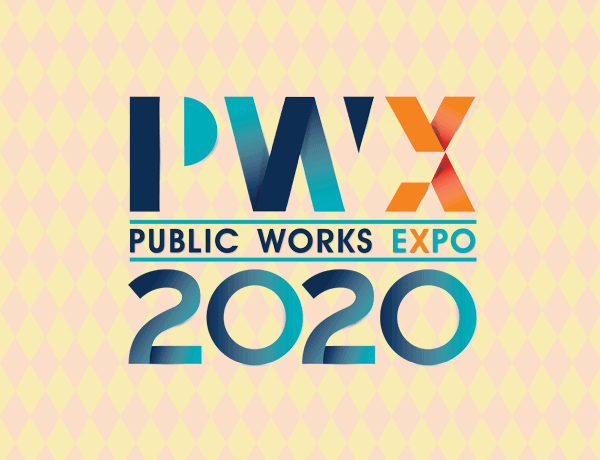Member
The City of Plano has approximately 1,000 linear miles sewer lines and has been conducting routine inspections system using in-house crews over the last five years for 12-inch and smaller lines. These activities were tracked and logged through the city’s work order system, Cartegraph, and downloaded to our CCTV data management system, GraniteNet, but that is where the data stopped. Unless there was a significant issue, the inspection was complete and the crews went on to the next task. While this process worked well, they were was gaining very little insight into the condition of their sewer system. As part of their recent Wastewater Master Plan, they worked with their consultant to conduct a risk-based assessment (RBA) to determine the current state of their sewer infrastructure. Through the process they identified a need to use the RBA condition assetssment and criticality assessment from the Waterwater Master Plan to enhance Cartegraph to ultimately develop a prioritized work plan for crews and a business process for maximizing the results of their data. Using the age and material data already populated in Cartegraph, they built generic degradation curves for our various materials to calculate an estimated condition score. For sewer mains that already had an inspection completed, they imported the NASSCO PACP structural index from GraniteNET to determine the condition score. They were also able to track our rehabilitation work in Cartegraph and use their relining projects to reset the estimated condition score of our lines. After reviewing the data in Cartegraph and consultant’s condition assessments from the Wastewater Master Plan, the results were significantly similar and they had a high degree of confidence that their Cartegraph process was working. As they continue to consume more data sources into our assessment, they are continuing to evaluate our parameters to ensure they maximize their investments in people, technology, and infrastructure.
Read MoreCommunities have extensive GIS & Storm Sewer Modeling Data available to them. This presentation walks through how communities can utilize this data to help plan, predict, and mitigate flooding within their communities. The overall goal of the presentation is to better educate individuals on how to build resiliency to urban flooding. The City of Burnsville (26.87 sq. mi.), like many communities throughout the Minnesota Minneaplis-St.Paul Metro, have a 1D City-Wide XPSWMM model. The City wanted to upgrade their 1D model to a 2D to create a model with the highest level of accuracy for their complex storm sewer network (Burnsville is the first community within the Metro to develop a City-Wide 2D model). The 2D model allowed the City to have a better understanding of current conditions a traditional 1D model wouldn’t be able to identify (i.e. surface flow velocities, erosion susceptibility of overland flow areas, EOF capacity issues in residential areas, and showing where overland flow conveyance points are most critical). The flood rasters and associated output data was then taken and integrated into a custom built Resiliency Model evaluating the Consequence of Failure versus the Likelihood of Failure criteria. The various parameters were then weighted based on input from City staff to determine the most critical aspects of their system such that the resiliency model would take these factors (weights) into account to determine which areas are the most “critical”. This approach removed any “bias” from the evaluation process allowing the City to develop a guiding document/living model the City can use for future planning & mitigation projects. All of the processes are fully dynamic allowing the 2D model and Resiliency Analysis to be rerun to re-prioritize the zones annually.
Read MoreExamine safety, cost, liability and project timeline when raising manholes & catch basins structures to grade when repaving city streets. Look at the same four criteria for the known methods currently in practice to protecting motorist from exposed utilities and the transverse milled edge during milling and paving projects.
Read MoreThis presentation will include using the cutting edge technology of mobile LiDAR and TopoDOT for ADA transition plans. It will begin with a brief intro on ADA transition plans, the requirements, and the large amount of data needed to do it right. We will walk participants through methods for collecting data and for analyzing ADA requirements on desired elements. The various types of reports will be discussed, as well as how cities use them most efficiently – including a case study showing how the city of Pekin, IL used the technology to scan and improve the city’s entire sidewalk system. The goal is for participants to better understand the technology’s capability and see applications in their own cities.
Read MoreFaced with a limited budget and a backlog of both maintenance and capital projects, the Unified Government of Wyandotte County/Kansas City, Kansas Public Works Department produced a data-driven project prioritization queue. Using input from the Planning Commission and the Board of Commissioners, Geographic Information Systems (GIS) data was used to compute the scores of projects and compare their relative scores against a list of unfunded projects and produce a project queue that met the goals of the community. This presentation covers the engagement process, the data design process, the results and feedback, and future improvements.
Read MoreThis Toolbox series is your introduction to APWA’s PW Self-Assessment. Each month a new topic will be highlighted through self-assessment checklists, model practices from APWA Accredited Agencies, and educational resources.…
Read MoreDiscover the ins and outs of the City of London, Ontario’s Winter Operations Plan in this comprehensive education session. The city’s Division Manager of Roads Operations will be on hand…
Read MoreSpan of control (SOC) is the number of people a manager can supervise effectively, and can be broadly categorized as narrow or wide. Understanding the cost/benefit of wide versus narrow…
Read MoreRoughly one third of the food produced in the world for human consumption every year—approximately 1.3 billion tons—gets lost or wasted. Food loss and waste also amount to a major…
Read MoreHurricane Irma In 2017, Hurricane Irma made landfall and moved up the middle of Florida directly impacting Gainesville. Staff will discuss how they technology and social media were utilized to…
Read More
